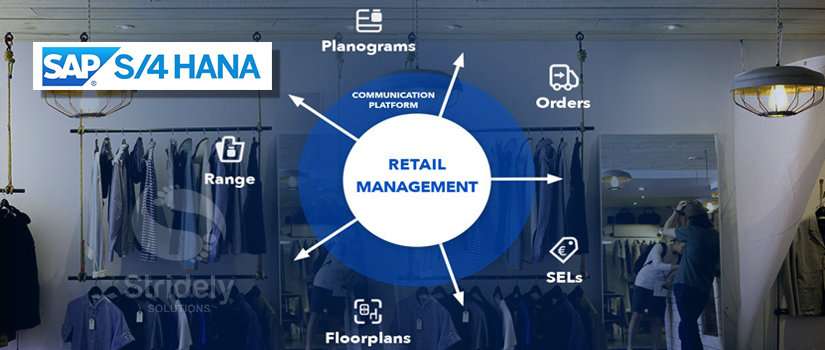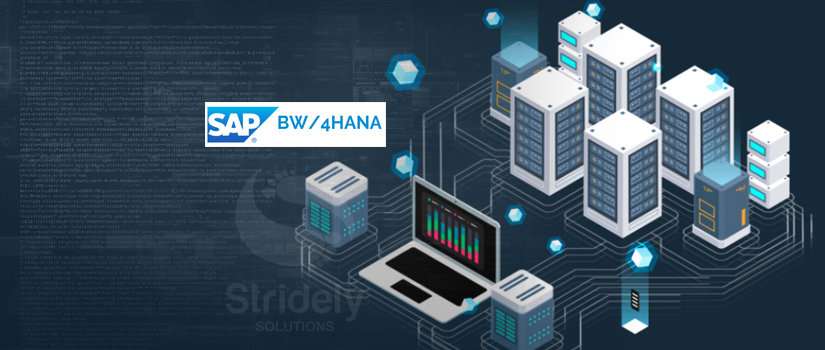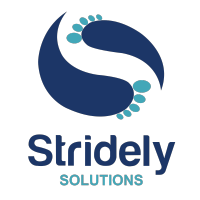Usage and Features of SAP S/4HANA that can make Retail Management Easier

SAP S/4HANA is an advance enterprise resource planning solution that comes with in-built intelligent technologies such as machine learning, AI, and complete analytics system. This application suite allows retail businesses to improve their business models, while offering them insights to crucial operation data. It also empowers them with real-time, contextual information for better and faster decision-making.
SAP BW/4HANA – Data Tiering Optimization (DTO)

Businesses evolve over time. They expand, scale up, procure new systems, go through mergers and acquisitions, ditch old processes, adopt new ones, build products, enter new regions, and migrate. Every change like this impacts the process and data environment, making it difficult to manage the data volumes in both transaction and data-warehouse systems.
CRM Ecosystem: A Quick Overview to What you are Missing Out

CRM or Customer Relationship Management; this is one term that businesses of all sorts are aware of and leaves no turn to attain maximum excellence. Streamlined and impressive CRM is what lays the foundation of a successful business as this operational area allows a business to value its customers and deliver its services as the customers expected or desired.
Data Science – Everything That One Should Know About This Cutting-edge Technology

If there is one thing that can change the face of an organization in no time is the quality data and its effective utilization. You may not know this but by simply using the internet around 2.5 quintillion bytes of data every day. Imagine the picture when data generated from all kinds of resources is taken into account.

